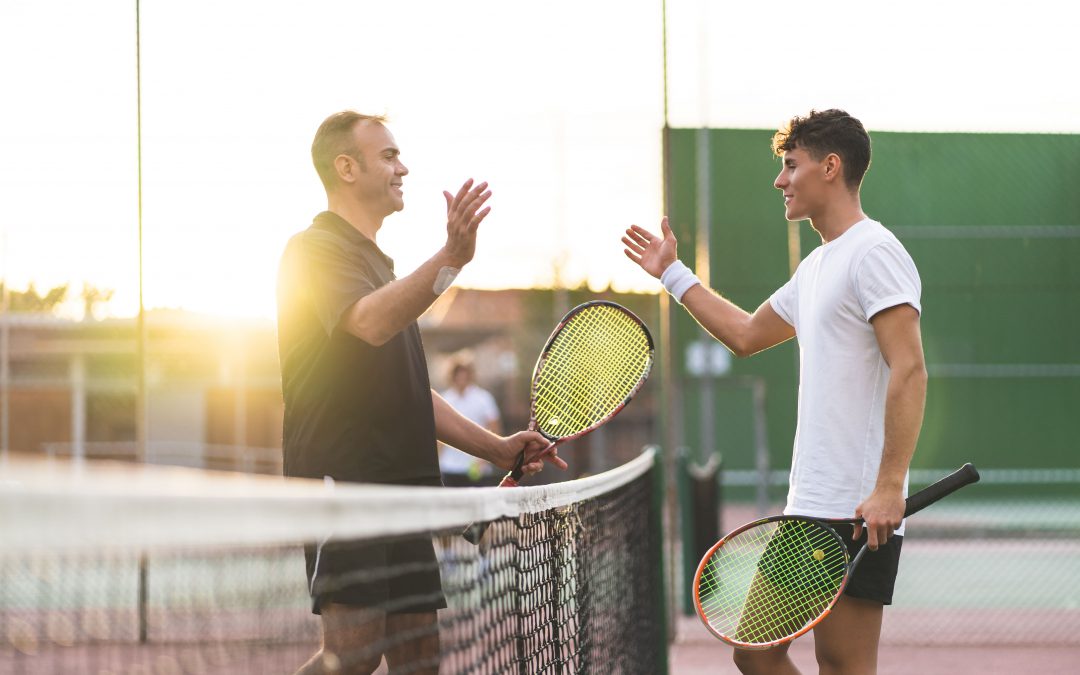2021 is going to be a Summer of sport. We’re thinking beer gardens and big screens. And hey, maybe watching the elites do their thing will spark a little something in you? Gym training probably won’t get you to the Olympics, but it’s a great place to improve the skills you’ve got. Ready to Hussle a little harder in your favourite sport? It starts in the gym.
The principle of specificity
Not familiar with the principle of specificity? No worries, we’re here to help. All training is built around four key pillars. Without these, you’ll hit a performance plateau pretty fast (and nobody wants that!)
These four pillars are individualisation, progression, overload… and specificity.
If you’re in the gym to get better at a specific sport, it kind of makes sense to train for the demands of that sport. Practice makes perfect, right?
Every sport asks different things of your body. Endurance. Explosive power. Strength. Skill. The principle of specificity just means using your training sessions to get your body ready for your sport.
Now you’re on board with the specificity thing, let’s talk about how to use your gym sessions to train for the sport you love. Or maybe one you haven’t tried yet!
Training for football in the gym
Summer 2021 is going to be a belter for the beautiful game. There’s Euro 2020 (better late than never), the FA Cup and Women’s FA Cup Finals, Europa League, Champions League. The list goes on.
Whether you’re a semi-pro, 5-a-sider, or plan to rock up to a football taster session soon, gym training can do a lot for your game.
First up, you need to train for aerobic endurance. This is the stuff that’s going to stop you gasping for breath after yet another intense sprint down the pitch. Work on your aerobic endurance and your coach will be very happy.
Aerobic endurance work includes sprints, intervals, and HIIT-style cardio. Keep it short and intense – no walking on the treadmill scrolling Insta stories!
What about strength training? Footballers tend to steer clear of heavy weights for obvious reasons. But your football gym training sessions should definitely include some weights work to increase leg strength and reduce your risk of injury. Focus your strength work on legs (obvs!), core, and shoulders. How come? All that twisting and changing of direction on the pitch puts a lot of stress through these parts of your body.
It’s a great idea to do some rotational work in the gym. This just means exercises which make your body twist against resistance. We’re talking things like Russian twists, Pallof presses, rotational med ball slams, and wood chopper exercises on the cable machines.
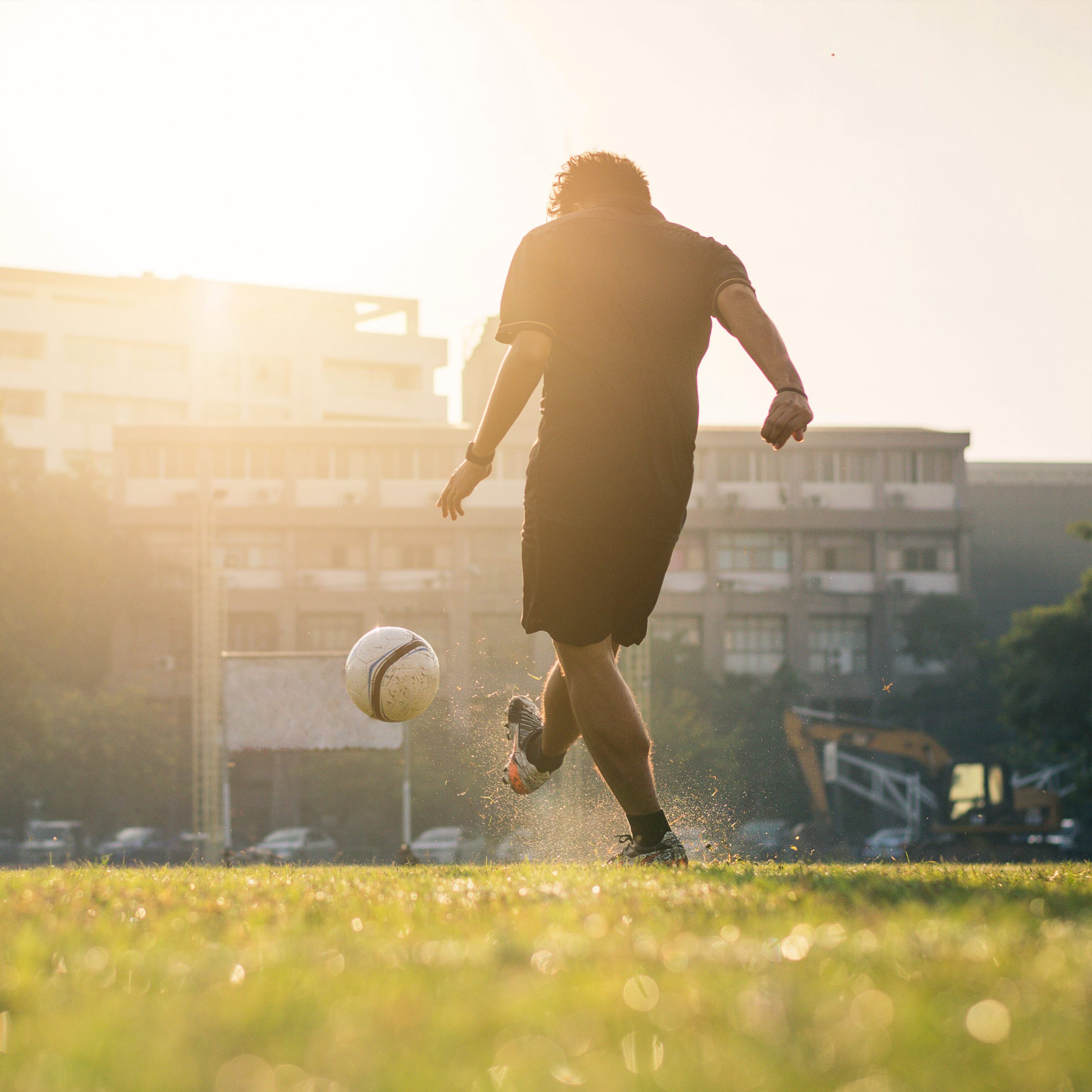
Training for tennis in the gym
The French Open, Wimbledon, and the US Open are going to be a treat for tennis fans this year. Ready to boost your performance on the court after a year of lockdown? We bet you are.
Tennis players can massively improve their strength and power with some smart gym training. The thing about tennis is that our bodies adapt to the game pretty quickly. This can leave us with imbalances and tightness, especially in the upper body. Use your time in the gym to sort these out – and get stronger.
Dynamic weight training (like Olympic lifting) is really great for tennis players who want to work on explosive strength. Learn proper technique for the clean, jerk, and snatch. An Olympic lifting gym or a good CrossFit facility will see you right. Keep the weight light and focus on speed and power. You’re not trying to switch sports here!
There’s plenty you can do in the gym to improve your serve speed for tennis. Med ball throws – either single or double arm – are amazing for building power through the shoulder and back muscles.
Save the fitness training and footwork drills for the court. Use your gym time to get strong, fast, and powerful.
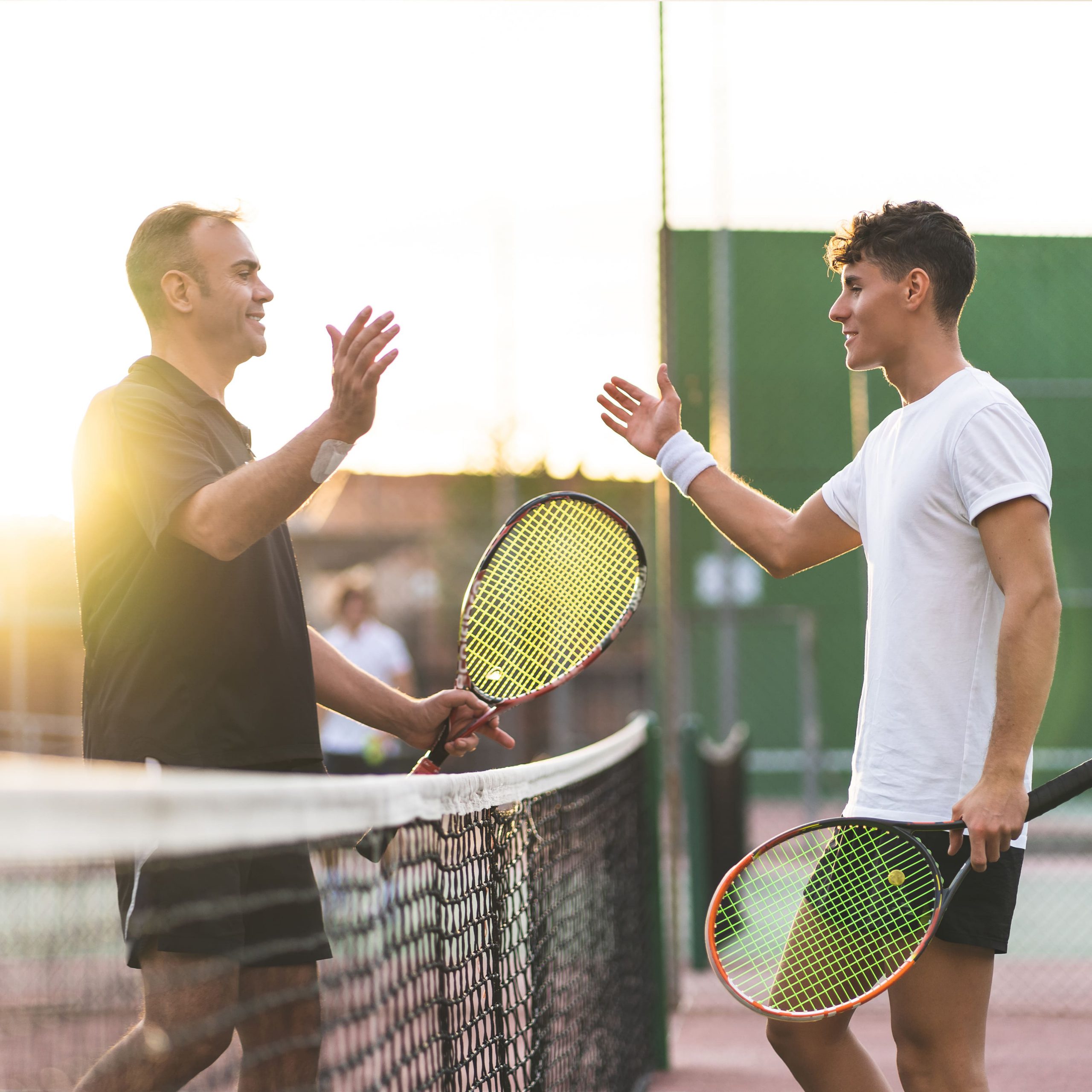
Training for cycling in the gym
Strava addicts, we’re looking at you! Summer is always an epic time for cyclists, but it takes on another meaning when the Tour de France is on TV as the ultimate inspo. Whether you’re training for a sportive or want to get faster on local trails, some specific gym training can definitely make your time in the saddle more satisfying.
As a cyclist, you’ll do most of your fitness training… on your bike. Makes sense. Why would you go to the gym to do steady cardio? You’re dead right, but there’s still a reason to do some form of cardio in the gym. You’ve just got to make it intense.
The difference between indoor cycle training and road riding is that you can make indoor cycling as specific as you want. 40 second sprints? OK! Hold 100 rpm for 5 minutes? Will do! Do one or two interval sessions per week on an indoor bike, and you’ll see your outdoor cycling times come down.
And we know you don’t want to talk about bad weather, but it’s a topic we can’t avoid. When the rain is horizontal and you don’t fancy being swept off your carbon frame, you can always head to the gym to get the miles in. Look for a gym that offers a really great immersive class and lose yourself in the experience.
If your gym has got one of those weird looking air bikes, give it a go. They’re deceptively challenging – not like riding a real bike at all. The pay off from this kind of pedalling is insane base fitness, improved sprint ability, and stronger legs.
Cyclists can also benefit from a bit of strength training in the gym. Don’t worry, it’s not going to make you heavy and bulky. The trick is to train for muscular endurance. This means moderate weights (not super heavy) for 10-12 reps per set.
Focus on your lower body (leg press, leg extension, leg curl, calf raise), upper body (strengthening your shoulders and triceps will help for long rides), and core. That lower back pain you sometimes get after 2 hours in the saddle? Yeah, let’s work on that.
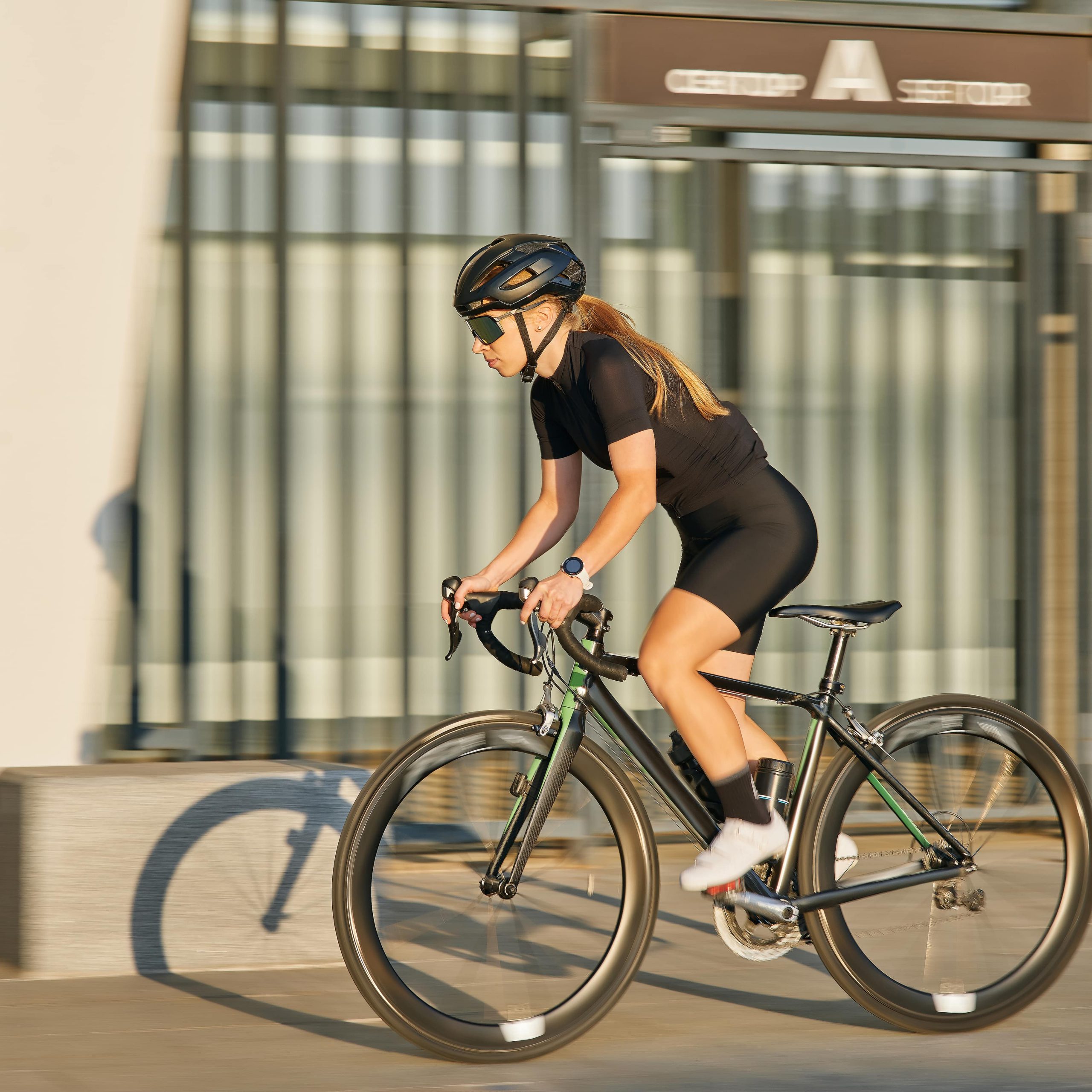
Training for running in the gym
Runners should run, right? Well, yes and no. Just because there’s a swanky treadmill in the gym, doesn’t mean you should make a beeline for it.
Depending on the kind of running you do, your gym time could be better spend doing interval training and strength work. Marathon runners should naturally spend more time getting miles under their belt. But as your race distances come down, you can afford to spend more time on strength and conditioning. And you’ll be glad you did. PR city baby!
Use the gym treadmill to tick off the sessions that can be difficult to do outside. Sprint intervals with specific work/rest ratios. Hill reps and incline training. The gym treadmill is a fantastic tool for getting specific with pace, speed, and incline.
What about resistance training? We know you don’t want to get muscly. So don’t! Keep the focus on light weights, weighted body weight movements, and functional exercises that strengthen your running muscles.
Great exercises for runners include lunges, weighted step ups, Bulgarian split squats, and single-legged work on the weights machines. Don’t forget your upper body and core. Strengthening your shoulders and arms will help you power up hills and through sprint finishes. And a stronger torso means less lower back pain as you crank up your running mileage later in the year.
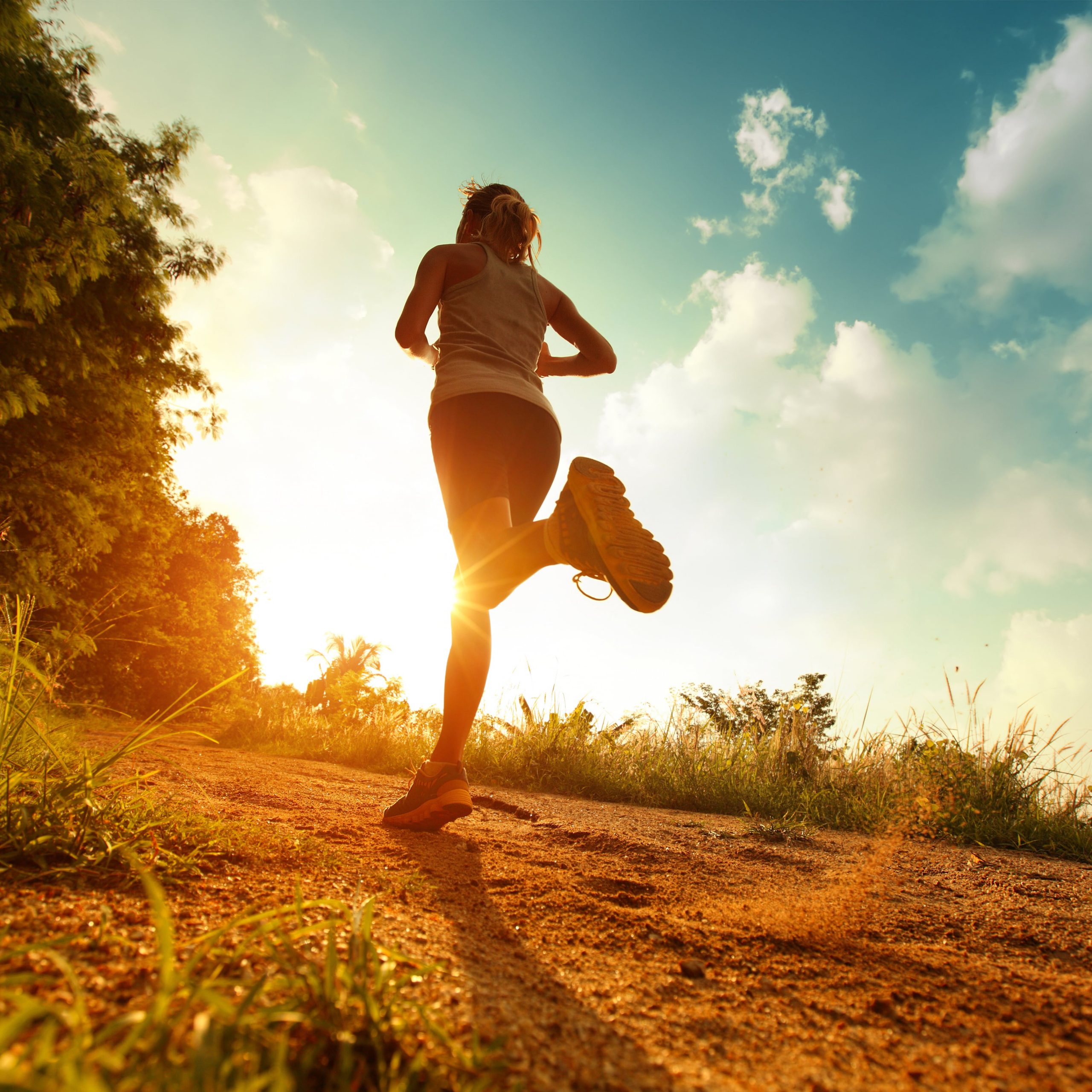
Athletes all over the world Hussle hard to be the best version of themselves in training and competition. You’re no different. Make this the year you add a little gym-based stuff into your sports training. It will pay off on the pitch, on the court, or wherever you do your favourite sport.


